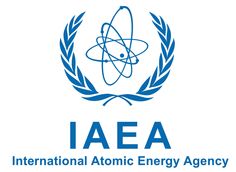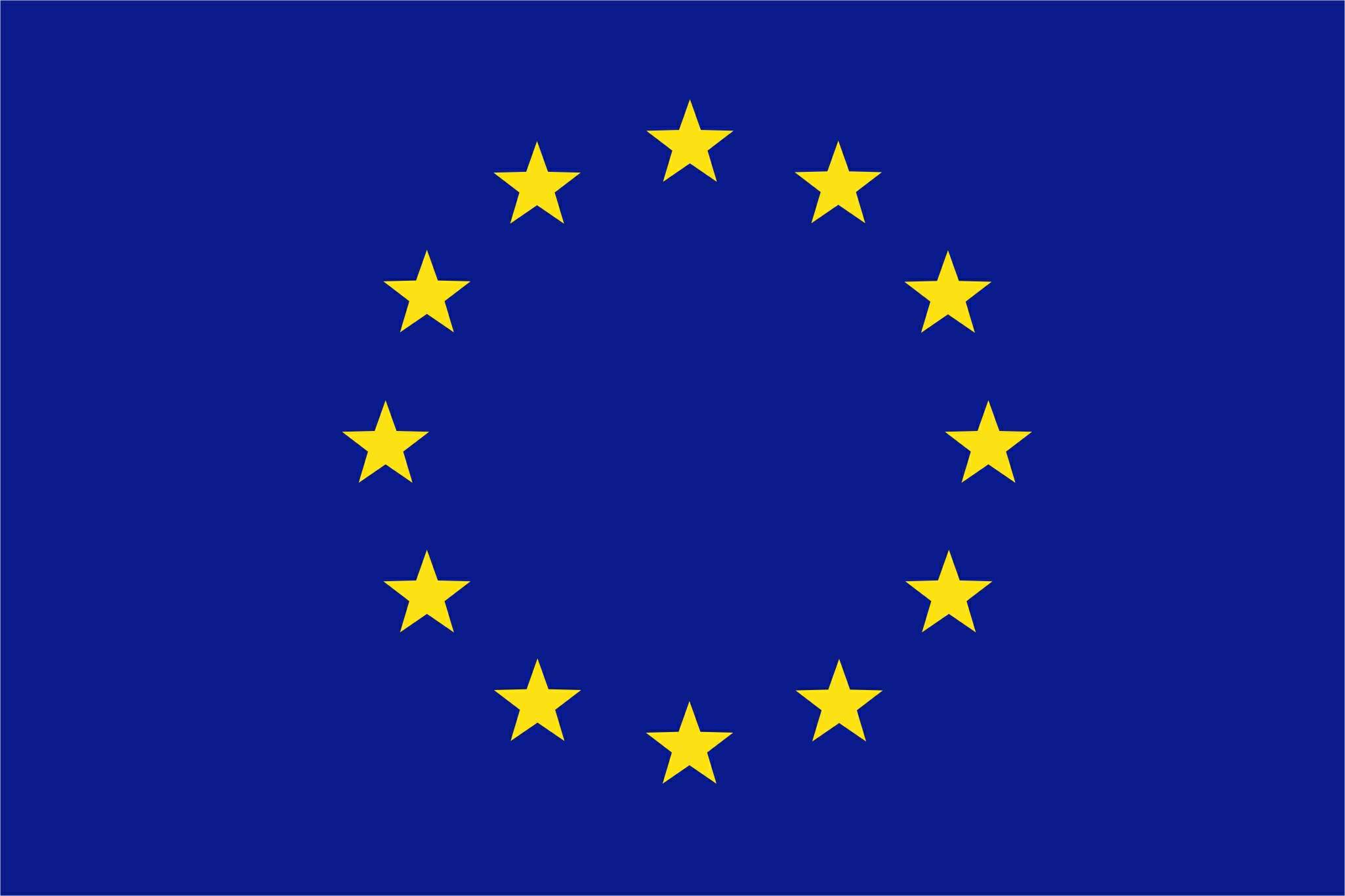Establishing a National Radioactive Waste Storage and Processing Facility

IMI projekti


ISCH COST Action TD1206 (StanDerm) is a new four-year COST (European Cooperation in Science and Technology) project initiated in May 2013, which includes experts from 26 countries working together to develop and implement European standards into the prevention of occupational skin diseases. Members of the Management Board and participating experts comprise researchers and professionals in the fields of occupational health, dermatology, and chemistry from four Croatian institutions: Institute for Medical Research and Occupational Health, Croatian Institute for Health Protection and Safety at Work, Clinical Hospital Centre Zagreb, and the Faculty of Food Technology and Biotechnology of the University of Zagreb. More details on the project are available here.
This COST project is closely related to other European activities aimed at strengthening the prevention of occupational skin diseases in the European Union, in which the Republic of Croatia takes part through the work of researchers from the Institute for Medical Research and Occupational Health:
1. European Initiative for the Prevention of Occupational Skin Diseases (European Academy of Dermatology and Venereology, EADV) – “healthy skin@work”
The analysis of data obtained within the Croatian segment of the SafeHair project was published in the article:
The following experts from the Institute for Medical Research and Occupational Health take part in the work of the abovementioned projects:
Through their participation in the COST project and continuous work, the Croatian Institute for Health Protection and Safety at Work also gives a significant contribution to the prevention of occupational skin diseases.

FP7: CYTOTHREAT
Project Coordinator: Metka Filipič, Nacionalni inštitut za biologijo, Ljubljana, Slovenia
Participant from Croatia: Verica Garaj Vrhovac
2011-2014
European ALARA Network for Naturally Occurring Radioactive Materials (EAN NORM);
Project Coordinator: IAF Radioökologie GmbH, Dresden, Germany; contract no. TREN/H4/51/2005 of the European Commission.
Contact Point for Croatia: Ivica Prlić
Duration: since 2005

COST TU1301 NORM4Building action
2013-2017
Governing Board Member, Management Committee Member (2014-2015): Ivica Prlić
Member: Tomislav Bituh
Naturally occurring radionuclides are present in the earth’s crust and the minerals and ores that are then used in industry. Throughout industrial processes, naturally occurring radionuclides can become concentrated in by-products, such as fly ash produced in large quantities from coal burning, slags from steelworks and metal recycling industries, phosphogypsum from the phosphate industry, and red mud from the aluminium processing industry. Depending on the activity concentration, some of these by-products can be considered naturally occurring radioactive materials (NORM).
When by-products are investigated for use in construction materials, then many factors have to be evaluated, taking into account the presence of trace elements such as metals and naturally occurring radionuclides. The study of the safe use of by-products in construction requires the involvement of experts from many different fields (construction and chemical engineering, environmental sciences, natural radioactivity, economics, etc.). The COST Action NORM4Building brings together a large variety of experts with different backgrounds in order to handle this type of multidisciplinary research. In total, the NORM4Building network currently (Jan 2017) comprises more than 120 researchers, covering very different fields, from 30 different European countries plus the United States. The main objective of the COST Action TU1301 is the exchange of multidisciplinary knowledge and experience (radiological, technical, economical, legislative, and ecological) in order to investigate and evaluate the use of by-products from industries that encounter NORM in their industrial processes. An important focus is the radiological evaluation of the use of by-products in new types of construction materials that are currently under research. The NORM4Building network develops strategies for the use of NORM residues in ceramics, concrete, and cement with a focus on the use of NORM residues in emerging building materials such as alkali-activated materials (i.e., inorganic polymers). The COST Action NORM4Building has prompted a lot of research in a field where information was lacking to assure that aspects regarding natural radioactivity are taking into consideration for new residue-based construction materials before they are introduced in the market.
The COST network consists of four Working groups and their specific actions:
The results of these activities are published in the book: “Naturally Occurring Radioactive Materials in Construction“, Integrating Radiation Protection in Reuse (COST Action Tu1301 NORM4BUILDING); ISBN: 9780081020081 (e-version), 9780081020098 (hard copy) (173). The collaboration of the research community on COST NORM4Building project resulted in the establishment of two new research platforms: EAN-NORM and EU-NORM (http://ean-norm.eu/ena/). More information regarding the project: http://norm4building.org/.

hCOMET – The Comet Assay as a Human Biomonitoring Tool
(OC-2015-1-19739)
Proposer: Andrew Collins, University of Oslo, Norway
Secondary proposers in Croatia: Mirta Milić and Goran Gajski
(2016-2020)

European Joint Programme for the Integration of Radiation Protection Research – CONCERT
European Joint Project “Concept for Radiation Protection R&D in Europe”
(Call: NFRP-07-2015; HORIZON 2020, EURATOM)
Head: Thomas Jung, PhD (Bundesamt fur Strahlenschutz, Salzgitter, Germany)
Partner in Croatia: Institute for Medical Research and Occupational Health, Zagreb
Duration: 2015-2020
The CONCERT (European Joint Programme for the Integration of Radiation Protection Research under Horizon 2020) operates as an umbrella structure for the research initiatives jointly launched by the radiation protection research platforms MELODI (the fields of low dose risk research), ALLIANCE (radioecology), NERIS (nuclear emergency preparedness), EURADOS (dosimetry), and medical radiation protection. CONCERT as a co-funded action (70 % EC and 30 % national funding) aimes to integrate national and European research programmes in order to make better use of public R&D resources by enhancing the visibility of infrastructures and facilitating access to them in order to make radiation protection more effectively by joint research efforts in key areas.
Programme is coordinated by the Federal Office of Radiation Protection (BfS) in Germany. To reach its goals, CONCERT has seven Work Packages: three Packages are mainly concerned with joint programming and organising as well as administering open research calls, another three Packages are dedicated to integrative activities such as access to research infrastructure, education and training and stakeholder involvement as well dissemination, and finally one on coordination of CONCERT itself. CONCERT guides radiation protection research in Europe. This joint effort is performed with a strategic perspective on supporting excellent science, on building and maintaining high competence in radiation and radiation protection science, as well as further promoting integrative and multidisciplinary research at a European level. CONCERT contributes to the sustainable integration of European and national research programmes in the field of radiation protection. A crucial step is, of course, to initiate and fund concerted joint research actions.
Based on the platform SRAs and joint programming, CONCERT will develop research priorities, align them with priorities from participating Member States and seek further input from society and stakeholders. It will reach out to engage the wider scientific community in its projects, aiming to answer the needs in radiation protection for the public, occupationally exposed people, patients in medicine, and the environment. CONCERT will support the implementation of the revised European Basic Safety Standards by giving the best possible advice based on evidence from research. The aim of CONCERT is to set in motion the convergence of the three focusing forces – scientific community, national agencies and research institutions – and EURATOM policies in order to achieve new breakthroughs in radiation protection research. CONCERT strives for a better integration of the radiation protection scientific community at EU level, leading to a better coordination of research efforts and provision of more consolidated and robust science based policy recommendations to decision makers in this area. In the long-term, these efforts will translate into additional or improved practical measures in view of the effective protection of people and the environment.
CONCERT has the mission to further reduce uncertainties in the assessment and management of radiation risks to the environment and humans by targeted science. To achieve this, CONCERT will initiate an open exchange of knowledge and information between science, regulation and society. With this purpose, two major open RTD calls of approximately 10,000,000 € in spring 2016 and 7,000,000 € in spring 2017, respectively, have been launched. Universities and research institutes from all over Europe have the opportunity to join in research consortia and submit proposals. CONCERT is open to new national Programme Owners and Programme Managers at all times. http://www.concert-h2020.eu/en/Publications